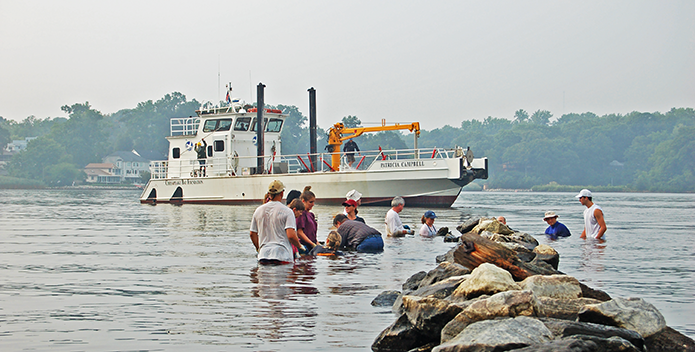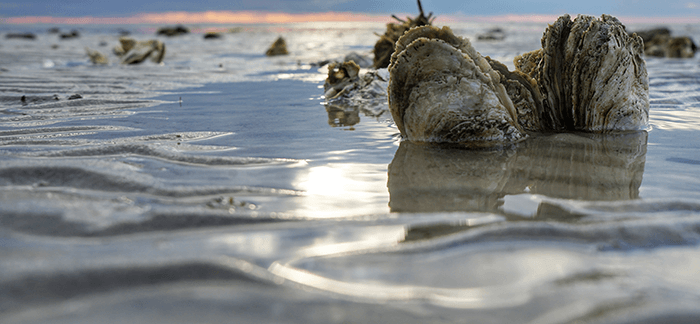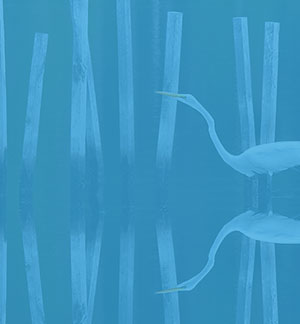Yet oysters remain a keystone species in the Bay's ecology. They filter algae, sediment, and other pollutants and in the process improve water quality and clarity. Their large reefs provide habitat for fish, crabs, and other Bay organisms. Restoration is critical to help improve the Bay's water quality and increase its economic viability.
Download our current Oyster Restoration Annual Report. See program information below or program links to the left.
Maryland Oyster Gardening Program
CBF's Oyster Gardening Program gives people the opportunity to help bring back this vital species by growing oysters alongside their docks. Once grown, the adult oysters are returned to CBF for planting on sanctuary reefs. READ MORE
Oyster Gardening in the Inner Harbor
In September 2014, CBF and the Waterfront Partnership expanded their oyster restoration program, formally kicking off The Greater Baltimore Oyster Partnership. Plans for 2014 are to grow 165,00 baby oysters in Baltimore's Inner Harbor with the help of local residents. READ MORE
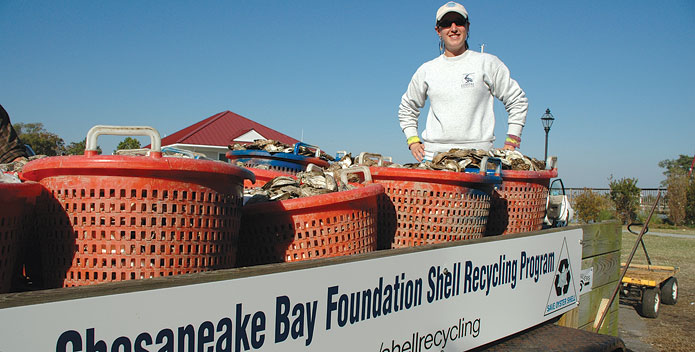
Collecting oyster shells for CBFs Save Oyster Shell program.
CBF Staff
Save Oyster Shells
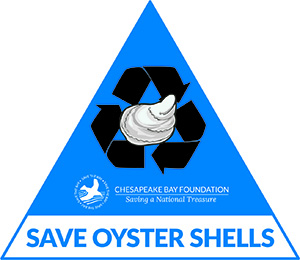
The Chesapeake Bay Foundation (CBF) needs your help—and your oyster shells—to restore native oysters in the Chesapeake Bay. Donate your empty shells to CBF so we can recycle them into more oyster reefs and repopulate the Bay with more oysters. Oyster shells are literally the foundation of our reef restoration efforts!
Oyster shells are becoming increasingly scarce. Through CBF's Save Oyster Shells program, shells that would typically be thrown away are saved and used in a variety of oyster restoration projects. READ MORE
We rely very heavily on volunteer help to make our oyster restoration program work and we are always looking for volunteers. READ MORE

